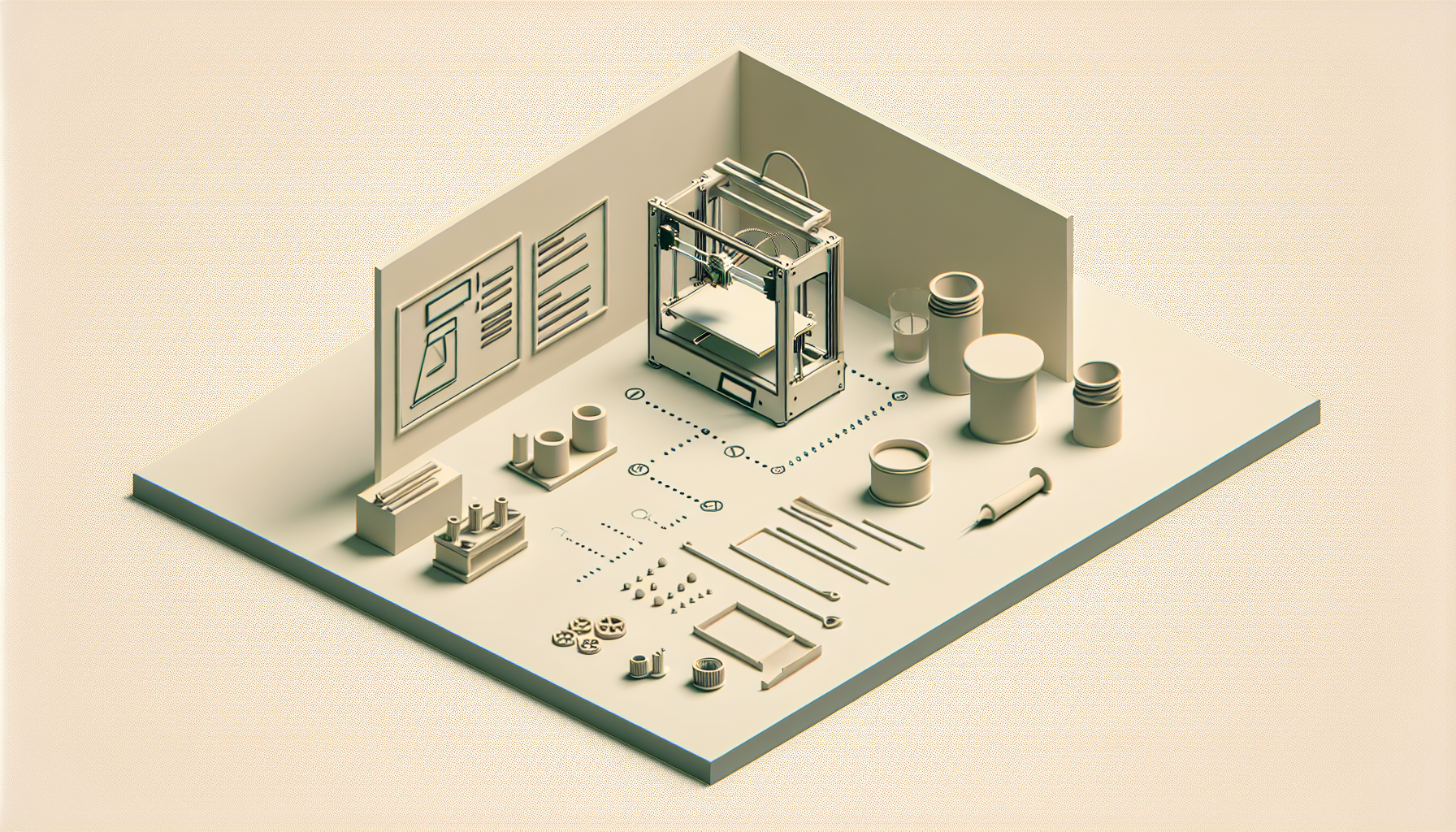The Supreme Court has recently upheld a regulation on “ghost guns”, effectively curbing the uncontrolled production of such weapons. These are essentially firearms assembled from components or kits purchased online, hence lacking serial numbers and becoming untraceable. By a significant majority vote, the justices confirmed that such regulation falls under the Gun Control Act. This move has undeniably set a significant precedent in the realm of 3D printing, challenging manufacturers to operate within the boundaries of law and ethics.
While these legal considerations are shaping the 3D printing landscape in one way, market trends and commercial applications are directing it in another. The Asia-Pacific region, in particular, is witnessing an impressive growth in its 3D printing market.
The region’s market value is expected to reach a staggering $32.8 billion, expanding at a compound annual growth rate (CAGR) of 18.4%.
There’s a noticeable shift towards metal 3D printing as it gains traction in the aerospace, automotive, and defense industries. This trend is likely due to the technology’s unparalleled ability to produce complex geometric shapes, reduce waste, and shorten the time-to-market of products. Leading players such as HP Inc., EOS GmbH, Tiertime Corporation, Stratasys Ltd., and Materialise N.V. are making significant strides in this area, driving innovation and market growth.
3D printing with metal offers an unprecedented level of design freedom and flexibility, allowing manufacturers to create intricate components with impressive structural integrity. This method has proven to be especially beneficial in the aerospace industry, where weight reduction is crucial. With metal 3D printing, lighter yet robust parts can be produced, resulting in fuel-efficient aircraft.
In the automotive industry, manufacturers are harnessing the power of 3D printing to accelerate the production of prototypes, create customized parts, and dramatically reduce the cost and complexity of tooling. The defense industry, on the other hand, is utilizing this cutting-edge technology to produce lightweight equipment and spare parts on demand, boosting operational efficiency.
However, with this rapid growth and expansion, the need for comprehensive and industry-specific regulations becomes even more crucial. As 3D printing technology continues to evolve and disrupt traditional manufacturing processes, it is imperative that industry players, lawmakers, and regulators collaborate to ensure the technology’s responsible and ethical use.
In conclusion, the future of 3D printing looks promising despite the regulatory challenges.
As the technology matures and integrates deeper into various industries, it opens up opportunities for innovation, efficiency, and market growth. However, it also poses new questions around legality and ethics that must be addressed to ensure a balanced and sustainable evolution.
